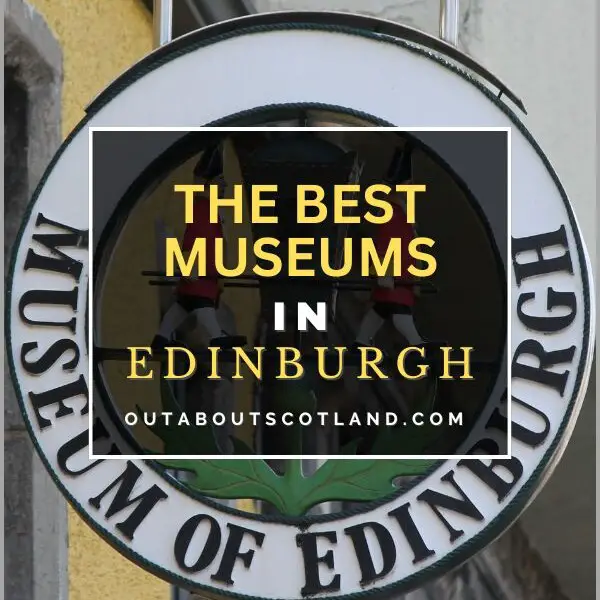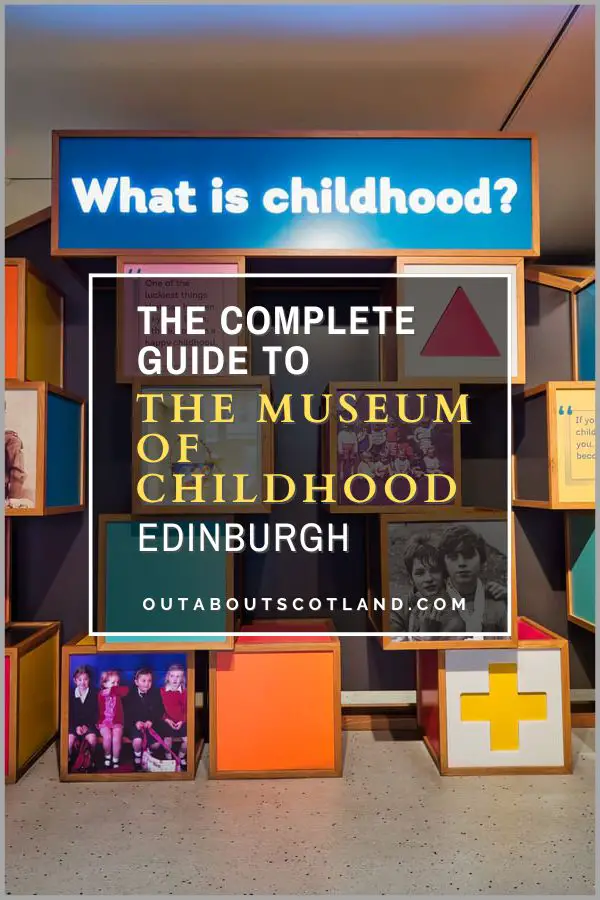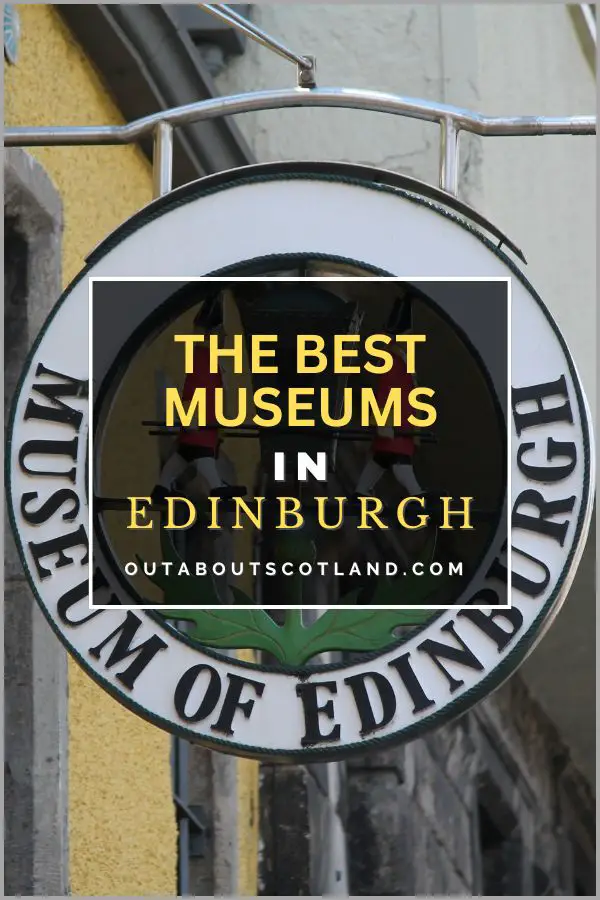Edinburgh, Scotland’s capital city, is a treasure trove of art and culture, and with a history that spans more than 1,000 years, it’s no surprise that it’s home to a wide range of museums that cover everything from ancient history to medical science. Edinburgh’s museums are not only renowned for their superb collections but also for their striking and often historic locations.
From the grandeur of the Royal Scottish Museum, which first opened its doors in 1866, to the enchanting Museum of Childhood, which opened in 1955, visitors can immerse themselves in a spellbinding blend of culture and history in Edinburgh’s museums, with the bonus being that they’re all completely free to enter.
In this article, we’ll go on a journey through the best museums in Edinburgh, where you’ll have the opportunity to explore fascinating artefacts and stunning architecture that are guaranteed to astound you, whether you’re an art enthusiast, a history buff, or simply curious about this amazing city.
National Museum of Scotland
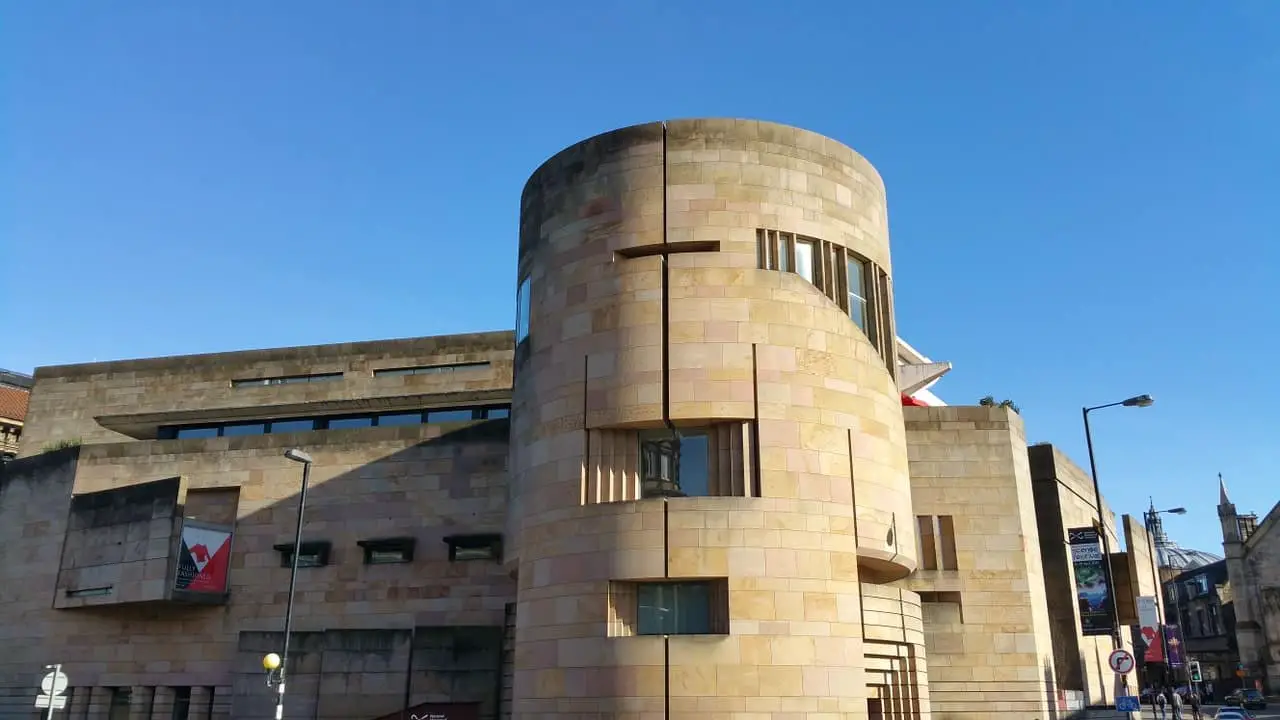
Nestled in the heart of Edinburgh between Greyfriars Kirk and the Old College, the National Museum of Scotland is the best attraction in the city to learn about Scotland’s history and culture. This captivating museum is housed in two iconic buildings: the Victorian-era Royal Scottish Museum and the modern Museum of Scotland, both of which merge seamlessly together.
The National Museum of Scotland can trace its roots back to the 19th century, initially opening its doors in 1866 as the Edinburgh Museum of Science and Art before renaming itself the Royal Museum in 1904, and then finally merging with the Museum of Scotland in 2006 to form the institution we know today.
The museum is easily accessible from the city centre which makes it a popular destination for tourists, and upon entering, visitors are greeted by the magnificent iron and glass-roofed Grand Gallery that rises up across four storeys, each of which is filled to the brim with artefacts from the fields of science and art.
Moving on, visitors will discover thousands more objects spread across six floors in the newer part of the building, from ancient fossils to modern technology, that all explore Scotland’s history as well as its achievements in the fields of art, science, and engineering. In addition, there’s an enormous section that celebrates natural history and human cultures from across the globe.
While the permanent displays are free, the museum also hosts ticketed temporary exhibitions and events throughout the year to ensure there’s always something new to see during subsequent visits.
Facilities-wise, there are multiple shops, cafes, toilets, workshops for children, and excellent disabled access throughout the museum. Visitors will find on-road parking spaces on Chambers Street, off-road parking at Q-Park Quartermile (postcode EH3 9AU), and a bus stop outside the main entrance on Chambers Street.
The Museum of Edinburgh
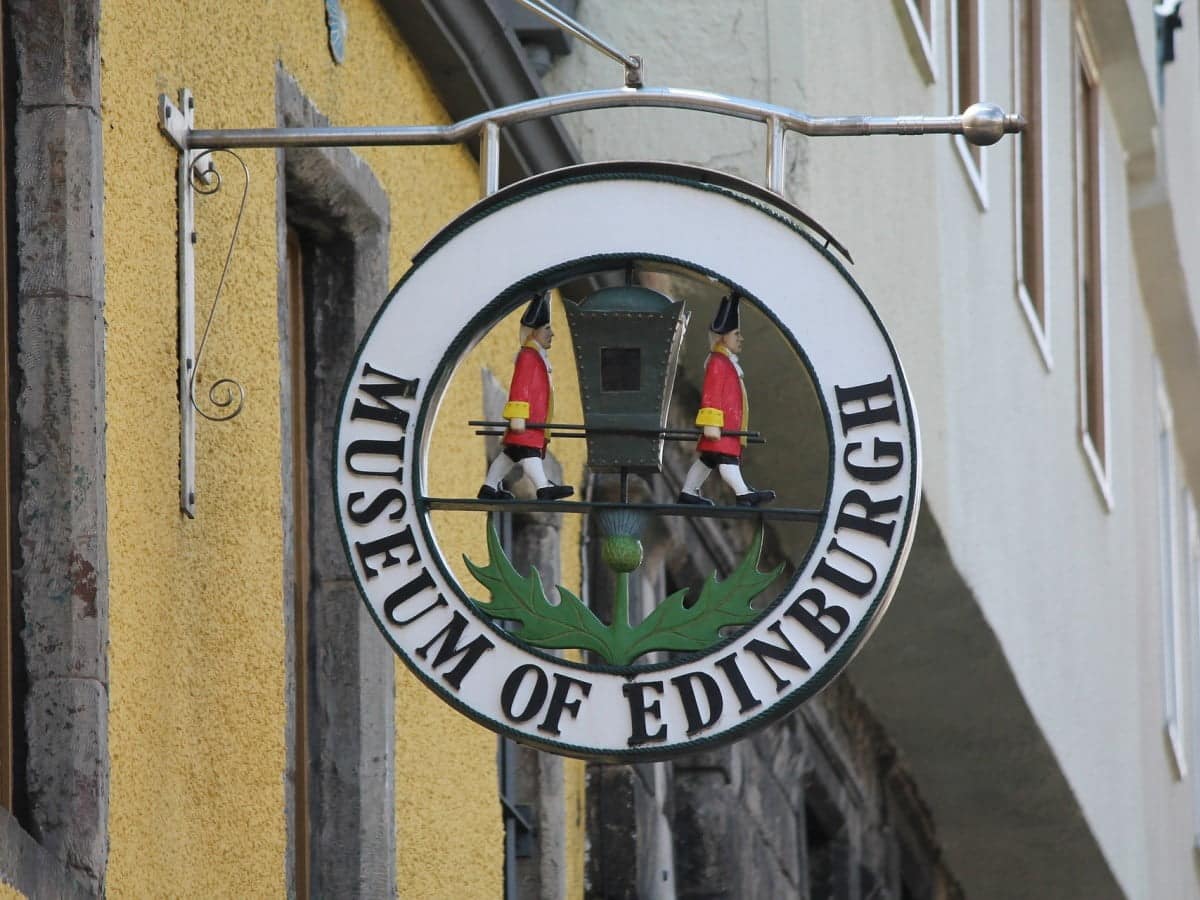
Situated towards the bottom of the Royal Mile and opposite Canongate Kirk, this wonderful museum welcomes history buffs and casual visitors alike to explore the history of Edinburgh through its extensive collection of artefacts.
The Museum of Edinburgh is housed within the 16th-century Huntly House (one of the oldest buildings on the Royal Mile) and is managed by the City of Edinburgh Council, which keeps the collection open to the public with no entry fees.
As you step through the doors of this quirky museum, you’re instantly transported back in time thanks to a comprehensive collection that spans centuries, ranging from James Craig’s earliest plans for Edinburgh’s New Town to collections relating to the Scottish First World War commander, Earl Haig.
Also among the museum’s many highlights are the National Covenant of 1638 (a crucial document in Scottish history that led to civil war) and the collar and bowl of the loyal Greyfriars Bobby who’s memorialised by a statue outside Greyfriars Kirk. The museum also proudly displays a vast array of decorative art, including stunning examples of Edinburgh silver and glass, as well as clocks, clothing, and pottery.
This is easily one of the best free museums in Edinburgh, whether you’re a first-time visitor or a returning traveller, and its extensive collection of historic artefacts promises an unforgettable journey through time.
The People’s Story Museum
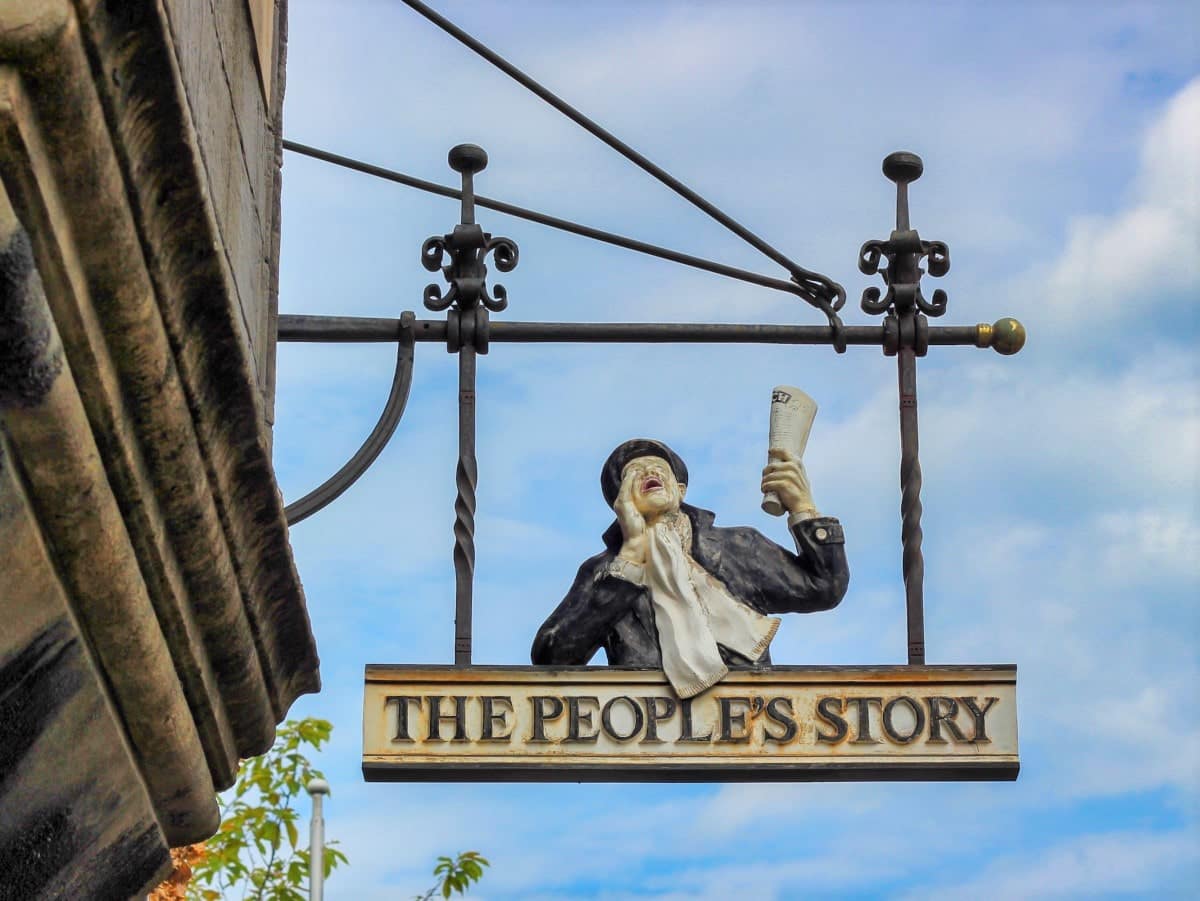
The People’s Story Museum offers visitors a trip through the city’s rich social history from the 18th century to the late 20th century. This small but enjoyable attraction, housed in the 16th-century Canongate Tolbooth on the Royal Mile, showcases the lives of ordinary Edinburgh residents over the centuries and explores the personal stories of the people that have shaped the city into what it is today.
The museum first opened its doors in 1989 with the aim of preserving and celebrating the heritage of Edinburgh’s working-class communities, and today, visitors can explore three galleries as well as a film screening room that explains the city’s past from the Scottish Enlightenment to the industrial era.
One of the highlights of visiting the People’s Story Museum is the opportunity to hear the voices of the people themselves. Through audio recordings, visitors can listen to firsthand accounts of life in the city with tales of work and play, love and loss, all of which provide a unique and intimate glimpse into the lives of ordinary people.
There are also life-sized models with authentic clothing, personal belongings of Edinburgh’s past residents, a recreation of a bookbinder’s workshop, a wartime kitchen, and even a jail. The museum is located more-or-less opposite the Museum of Edinburgh, and like its cousin, entry is completely free of charge.
The National War Museum
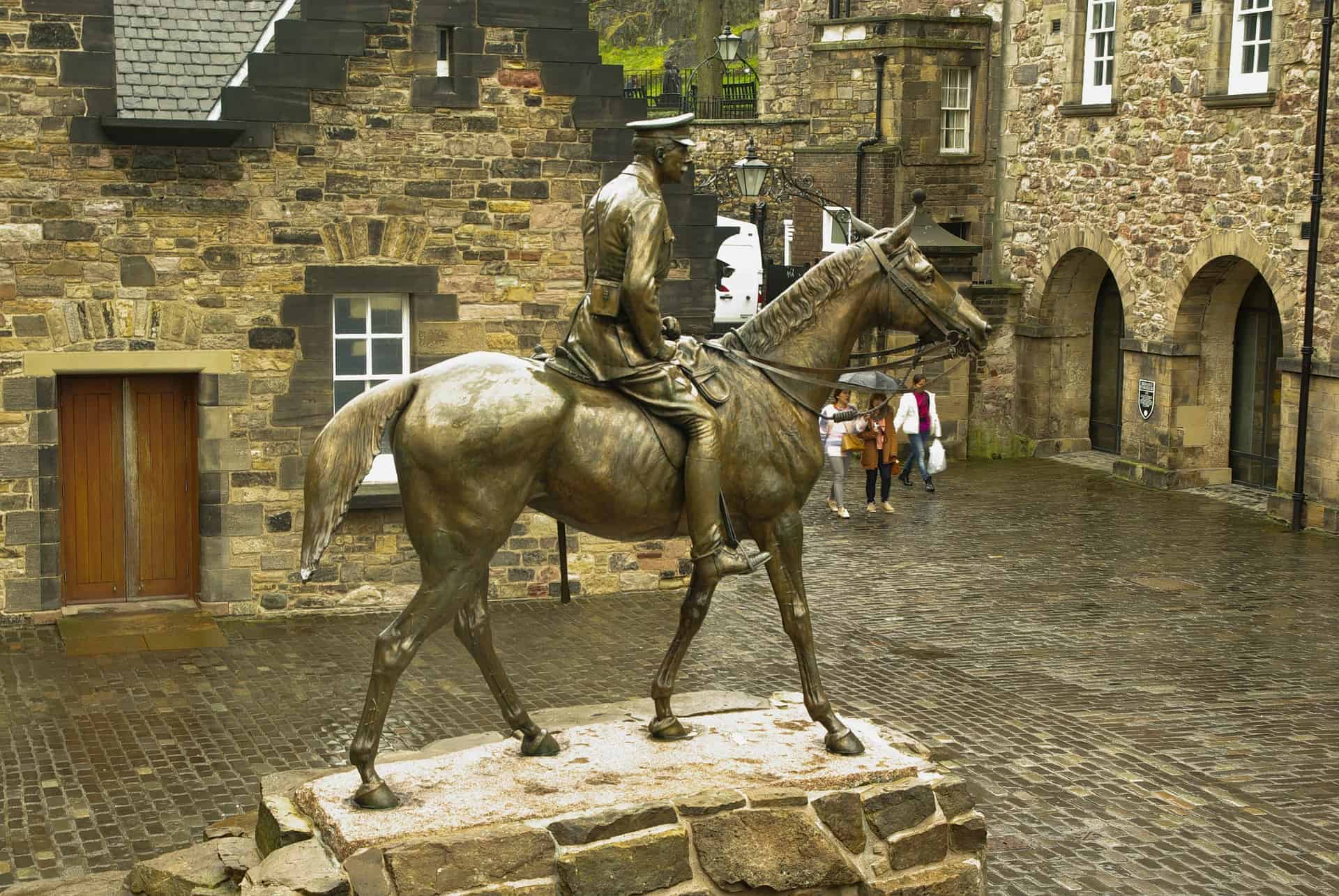
Situated within the walls of Edinburgh Castle, the National War Museum beckons visitors to delve into Scotland’s military past. The museum was established in 1933 inside a converted ordnance storehouse as a way to memorialise the servicemen and women who served during Scotland’s many conflicts, and it has now developed into one of the finest military museums in Britain.
The museum is easily accessible for tourists thanks to its location inside the castle (officially Scotland’s most-visited attraction), and it’s also free to visit as entry is included in the price of a castle ticket.
The museum’s collection has a particular focus on the time period from the 17th century to the present, and among its highlights are displays of the weapons used by Scottish soldiers throughout history, from the fearsome Highland broadsword to contemporary automatic rifles.
Visitors to the National War Museum will see a number of different themed galleries, each of which focuses on a different aspect of Scotland’s military history. The ‘Highland Soldier’ gallery presents tales of heroism and bravery through paintings, while other galleries house poignant letters sent home from the front and the protective suits worn by soldiers to protect themselves against the horrors of chemical warfare.
There is no other place in Scotland that offers a deeper understanding of the country’s military past and the sacrifices made by those who served their country, making a tour of the National War Museum a great experience for history enthusiasts and casual tourists alike.
Pre-purchase tickets for Edinburgh Castle here:
The Royal Scots Regimental Museum
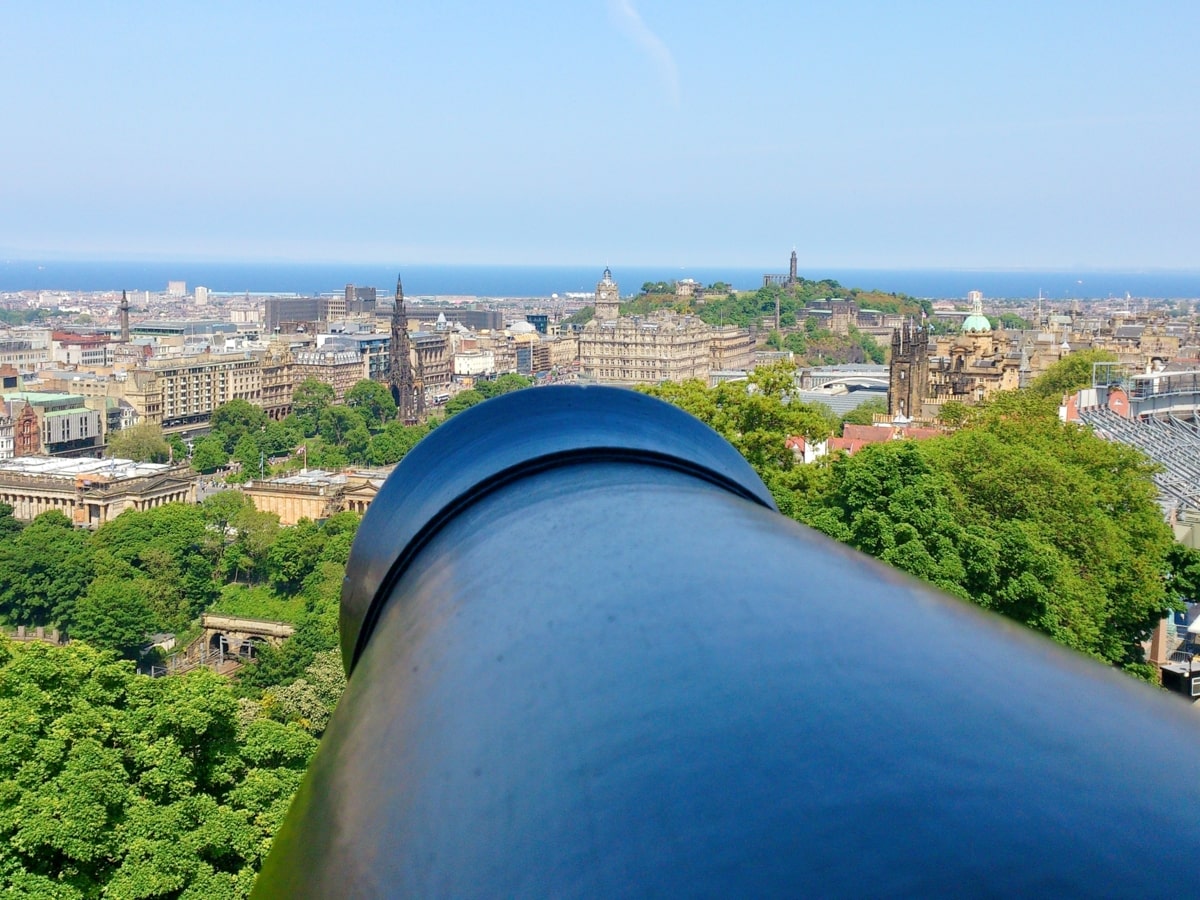
Like the National War Museum, the Royal Scots Museum is located inside Edinburgh Castle and has free entry included with a castle ticket. This particular museum is unique in that it’s dedicated to the Royal Scots, which were Scotland’s oldest infantry regiment until they were amalgamated with the King’s Own Scottish Borderers in 2006.
Founded in 1633, the Royal Scots have a fascinating history, and this museum serves as a testament to their service, featuring a complete overview of the regiment’s earliest achievements in the 1600s to their battles during WWI and WWII, and latterly in Northern Ireland and Iraq.
The museum is housed in the former regimental drill hall, a building that dates back to 1900 and also houses memorabilia from the Royal Regiment of Scotland. Stepping inside, visitors are welcomed by a collection of artefacts and memorabilia that includes military uniforms, medals, and weaponry that belonged to the Royal Scots.
These artefacts help narrate the story of the regiment’s involvement in various conflicts, but the most prized possessions are a French standard that was seized during the Battle of Waterloo and a set of seven Victoria Crosses, Britain’s highest military decoration for valour.
Visiting the Royal Scots Regimental Museum is an immersive experience, though visitors should note that it’s rather small, so a visit will only take around half an hour at the most. That being said, it’s well laid out and informative, and the attention to detail is second to none.
The Museum on the Mound

| Address: | The Mound, Edinburgh, EH1 1YZ |
| Opening Hours: | Saturday 1–5 pm Sunday Closed Monday Closed Tuesday 10 am–5 pm Wednesday 10 am–5 pm Thursday 10 am–5 pm Friday 10 am–5 pm |
| Admission Price: | Free |
| Parking: | None |
| Contact: | 0131 243 5464 |
| Facilities: | Shop, toilets |
| Photos: | YouTube Video |
Out About Scotland Guide: The Museum on The Mound
The Museum on the Mound is a gem of an attraction overlooking Princes Street Gardens and the Scottish National Gallery. This unique museum is located inside the Bank of Scotland’s head office, which dates back to the early 1800s. Designed by architect David Bryce, this beautiful neoclassical building sits on top of the mounds of earth that were excavated during the construction of the New Town, hence its name.
The Museum on the Mound offers visitors a fascinating insight into the world of money, banking, and Scotland’s economic history with a collection of artefacts that span more than 4,000 years, from ancient tokens and coins to the modern-day technologies used in the financial sector.
The glass case containing £1 million in banknotes and an example of an extremely rare £1 million banknote that served as the backing for Scottish banks’ money are unquestionably two of the museum’s highlights.
Other exhibits include interactive maps that show how much Edinburgh has changed since the 1600s, and informative displays that explain how working-class people clubbed together in the industrial revolution to build their own homes – the beginnings of the earliest building societies.
Visitors to the museum are also treated to a rare glimpse into the inner workings of a bank vault, a ‘Golden Guinea’ (a rare 22-carat gold coin minted in 1787), and a wooden chest used by bankers in the 1700s that was filled with coins and notes.
The Museum of Childhood
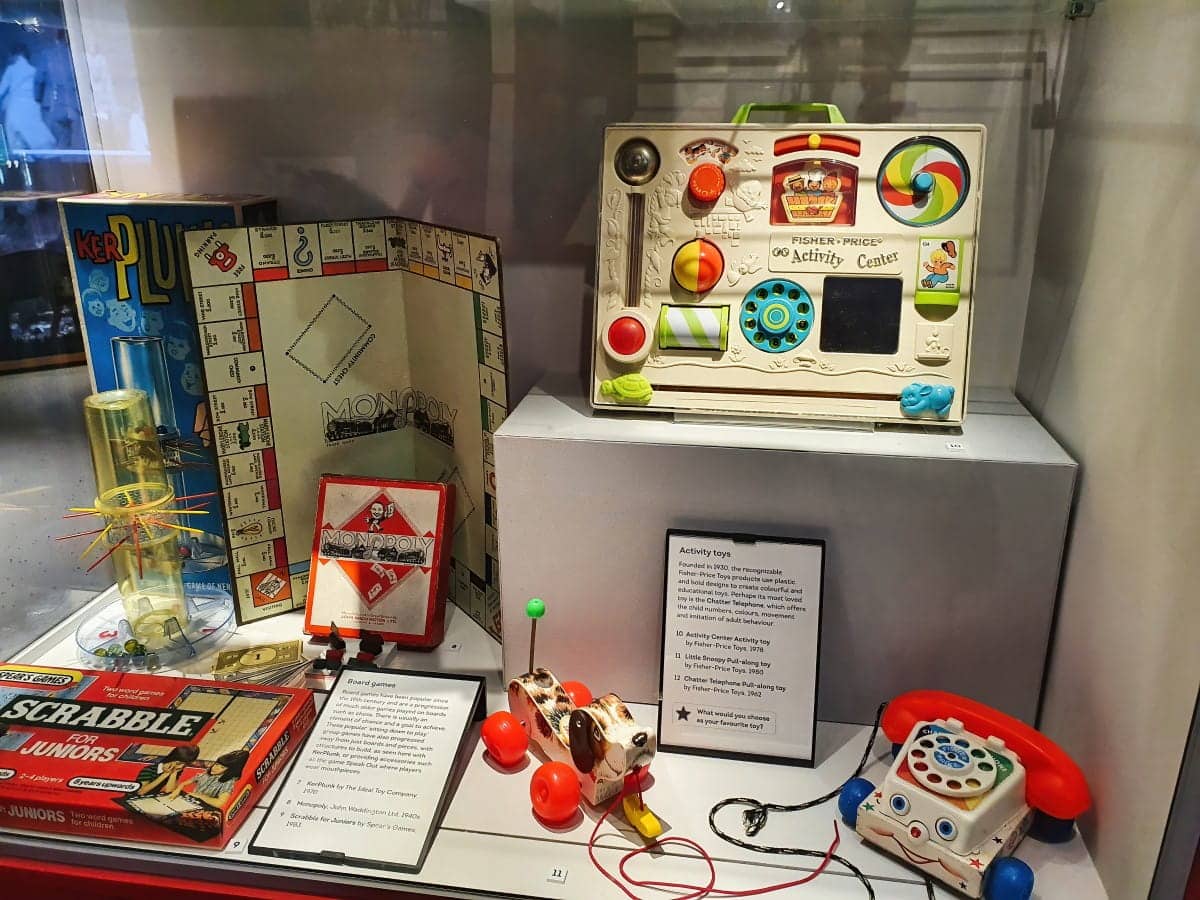
| Address: | 42 High Street, Edinburgh, EH1 1TG |
| Opening Hours: | Monday to Sunday, 10 am to 5 pm |
| Admission Price: | Free |
| Parking: | No on-site car parking. Nearest car park is NCP Holyrood Road EH8 9UL. |
| Contact: | Tel: 0131 5294142 |
| Facilities: | Gift shop, Wi-Fi. Pubs, restaurants, shops on the Royal Mile. Nearest public toilets are in Waverley train station EH1 3EG. |
Out About Scotland Guide: The Museum of Childhood
Nestled in the heart of the Royal Mile, the Museum of Childhood is a fascinating attraction that offers a step back in time to relive the joys of childhood through the toys that have been loved by children from 1740 to the modern day.
Established in 1955 by Edinburgh councillor Patrick Murray, the museum is housed in a magnificent 18th-century building and was the first of its kind in the world to focus solely on the history of childhood. A vast collection of more than 60,000 items, including vintage board games, model railroads, and antique dolls, welcomes visitors as they enter the building.
One of the museum’s most intriguing exhibits is the ‘Stanbrig Eorls’, a huge dollhouse that started life as a child’s toy in 1894 but was extended over its owner’s lifetime until it had 19 rooms, electric lights, and even running water!
There are also iconic toys like the Fisher-Price pull-along phone, the must-have Christmas toy Buzz Lightyear, authentic children’s clothing from the past, and a fascinating photographic archive that shows Edinburgh’s youngsters during the very earliest days of film.
The Museum of Childhood underwenterwent a major refurbishment in 2023, which included a complete overhaul of its display cabinets and lighting, accessible toilets, shop, and lift to the upper galleries.
The Writer’s Museum
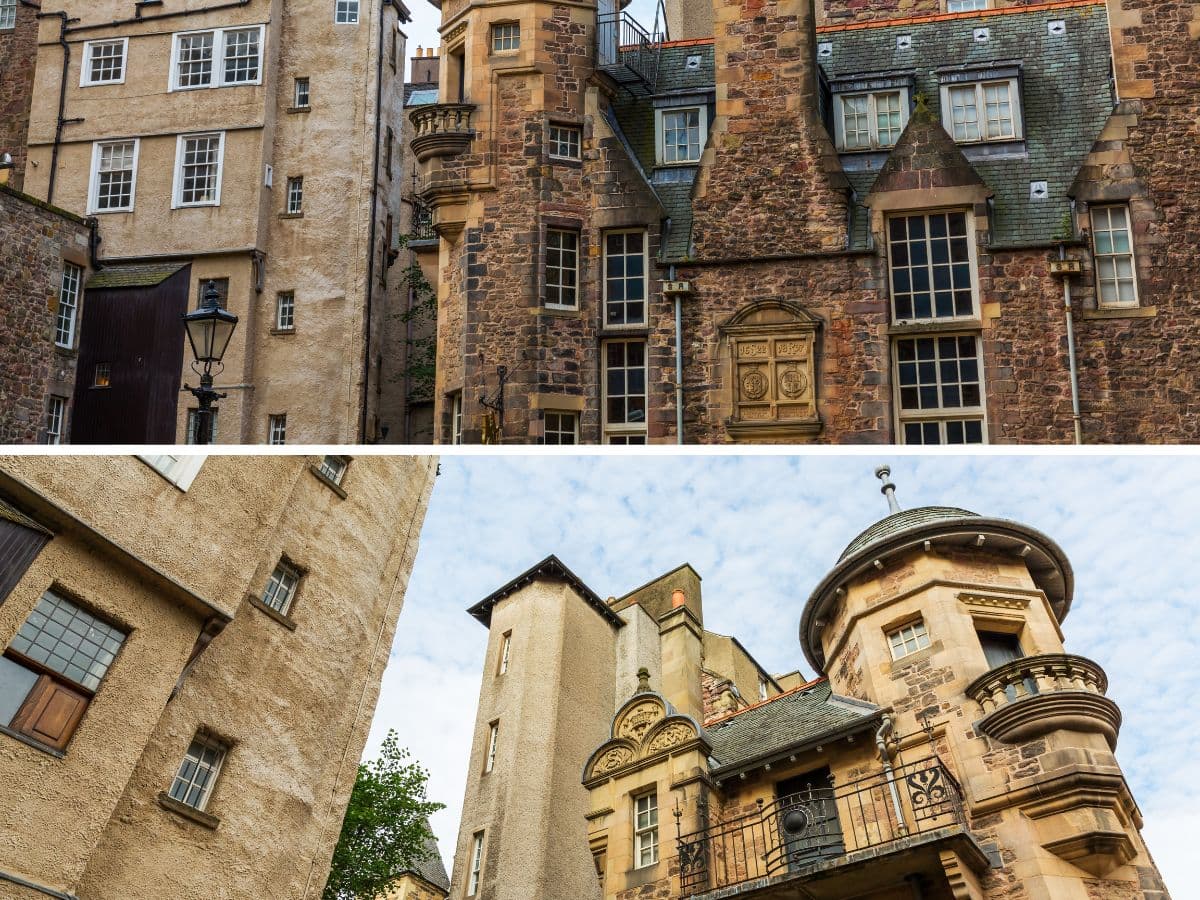
The Writer’s Museum is a literary treasure that pays homage to Scotland’s greatest wordsmiths. The museum is located in Lady Stair’s House, a quaint Category A listed building that was completed in 1892 as a tenement but was repurposed as a museum in 1907.
The Writer’s Museum is dedicated to exploring the lives and works of three Scottish literary giants: Robert Burns, Sir Walter Scott, and Robert Louis Stevenson. During a visit, visitors are transported into the world of these famous authors thanks to a collection of artefacts, personal belongings, and rare first editions that are unique in Scotland.
The museum allows visitors to delve into the literary achievements of each author from Robert Burns’ poetry which is still taught in schools today, to Robert Louis Stevenson’s thrilling novels which include Treasure Island and Dr. Jekyll and Mr. Hyde.
The original printing press that Sir Walter Scott used, a library room filled with rare books and manuscripts, a number of original portraits, as well as sentimental items like Scott’s childhood rocking horse and the wooden cradle that once rocked Robert Burns’ infant children, are among the exhibits.
Finding the Writer’s Museum is a wee bit tricky as it’s hidden away in an alley off the Lawnmarket, so visitors are advised to look for Gladstone’s Land (postcode EH1 2NT) and then follow the first alleyway in the opposite direction from the castle, which leads to Lady Stair’s Close and the museum. As a top tip, before entering the museum, take a look at the flagstone pavement in Makar’s Court, which dates to the 14th century and has inscriptions that celebrate each author.
Surgeon’s Hall Museum
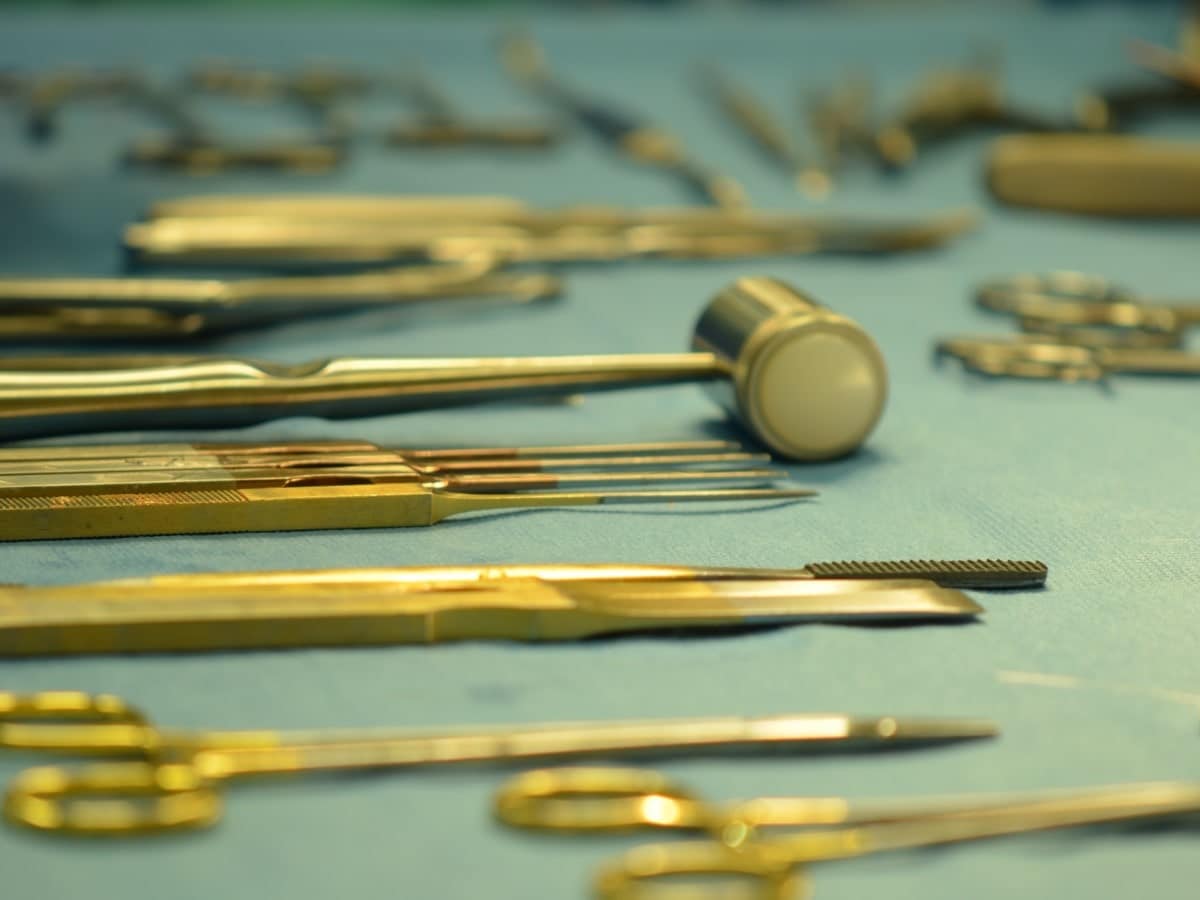
The Surgeon’s Hall Museum on Nicolson Street serves as a fascinating window into the world of medical history. Established in 1699, this captivating museum is managed by the Royal College of Surgeons of Edinburgh and was originally designed for the education of surgical students, but it now welcomes the general public, though some of the more macabre specimens are reserved for medical practitioners only.
The collection of medical artefacts showcases the evolution of surgery over the centuries and explains why Edinburgh has been at the heart of medical research for hundreds of years. This is genuinely one of the city’s best-kept secrets and it’s also one of the oldest attractions in Scotland, having been first opened to the public in 1832.
One of the museum’s most intriguing exhibits is that of Dr Robert Knox who was given fresh corpses to dissect by the infamous murderers Burke and Hare. This dark chapter in Edinburgh’s history is retold in the Surgeon’s Hall Museum, offering a chilling insight into the world of 19th-century anatomy.
Another highlight (though perhaps only for those with strong stomachs) is the collection of preserved anatomical specimens in jars. Visitors can also marvel at a vast array of surgical instruments, some dating back to the 18th century, each of which was innovative in their time and essential to the advancement of surgical techniques.
The museum building itself is a masterpiece of Victorian architecture. Designed by renowned Scottish architect William Playfair, this grand building not only houses the museum’s collections but also plays host to temporary exhibitions and is a venue for the annual Edinburgh Festival Fringe.
St. Cecilia’s Hall Museum of Instruments
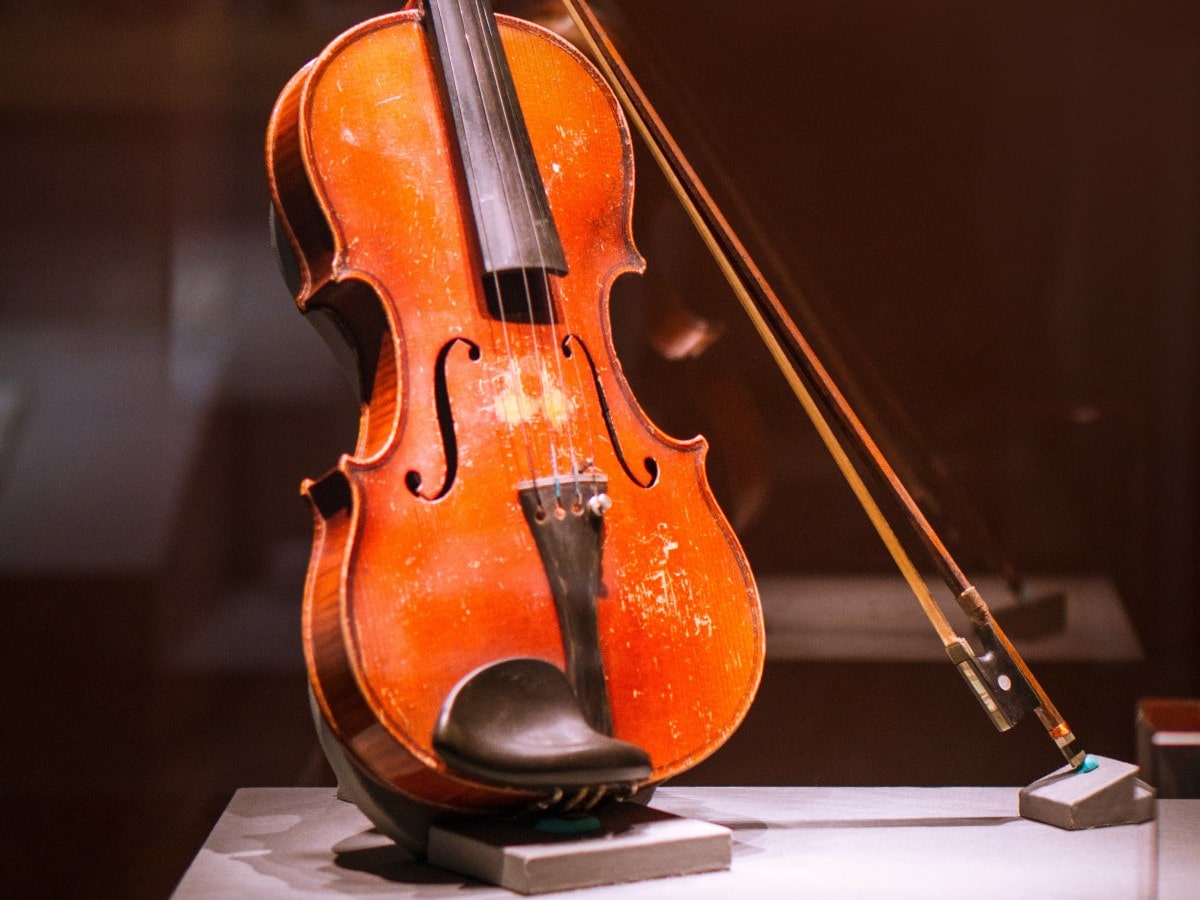
Like the Writer’s Museum, this is another attraction that’s located in an alleyway off the Royal Mile. To find it, walk along the North Bridge to the junction of the Royal Mile (High Street) and then turn down the alleyway next to the Radisson Blu Hotel. St. Cecilia’s Hall is located near the bottom of Niddry Street.
This particular hidden gem is dedicated to the enchanting world of musical instruments and is also Scotland’s oldest purpose-built concert hall, offering a unique experience for music lovers and history buffs alike.
Built in 1763 by architect Robert Mylne, St Cecilia’s Hall boasts a stunning Neoclassical design comprising an elliptical concert room on the upper floor and a museum of musical instruments on the lower level. The museum houses an enormous collection of over 500 instruments, from harpsichords and fortepianos to violins, violas, and cellos, as well as wind instruments like flutes and horns.
One of the most interesting artefacts on display is a Euphonicon which is an upright piano similar in function to a pianoforte where the player uses their fingers on a traditional keyboard, however, on this model, the strings are completely exposed and sit vertically above the piano like a harp.
Other notable treasures include a rare set of French bagpipes that are believed to have been made in the 1700sand traditional Scottish bagpipes from the 18th century that were used for ceremonial purposes at Buchanan Castle in Stirlingshire.
Frequently Asked Questions
Are museums in Edinburgh free?
Almost all of the museums in Edinburgh offer free admission, although some may have entrance fees for temporary exhibitions. Popular museums in Edinburgh with free admission are:
1: National Museum of Scotland – This museum showcases Scotland’s history, culture, and natural heritage with exhibits spanning prehistoric times to the present day.
2: The Museum of Childhood – This interactive museum is dedicated to the history of childhood with collections of toys, games, and other artefacts from various eras.
3: The Writers’ Museum – Located in Lady Stair’s House, this museum celebrates the lives and works of three of Scotland’s greatest writers – Robert Burns, Sir Walter Scott, and Robert Louis Stevenson.
How many museums are there in Edinburgh?
There are 10 museums in Edinburgh that draw lots of tourists. Notable museums include the National Museum of Scotland, the Museum of Edinburgh, and the Surgeons’ Hall Museum. These museums cover a wide range of topics, from art and history to science and technology.
How long does it take to do the National Museum of Scotland?
Expect to take 2-3 hours for a visit to the National Museum of Scotland, although this could be extended to 4 hours or more to see all of the galleries at a leisurely pace.
Are museums free in Scotland?
Most of the museums in Scotland offer free admission to visitors. These include the National Museum of Scotland in Edinburgh, the McManus Museum in Dundee, and the Riverside Museum in Glasgow. However, some specialized exhibitions or events within these museums may charge an entrance fee.

